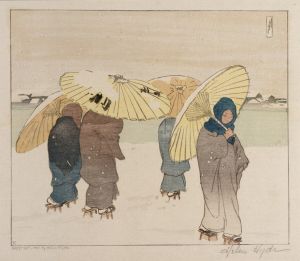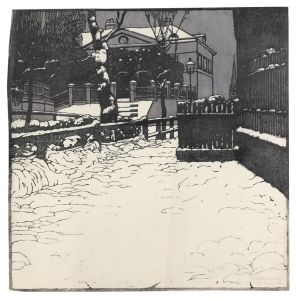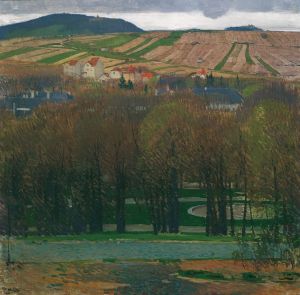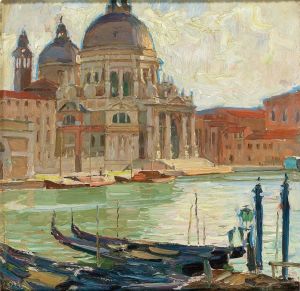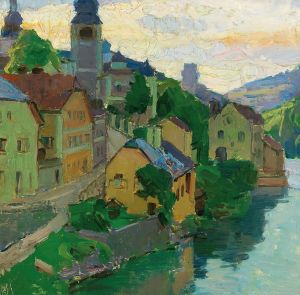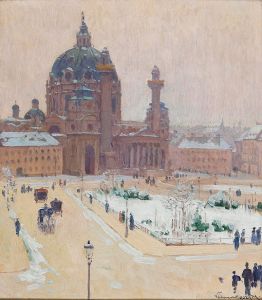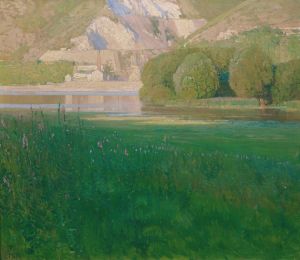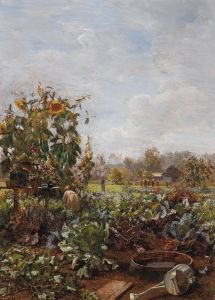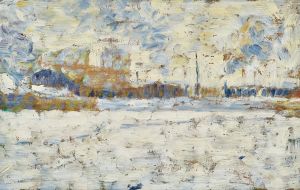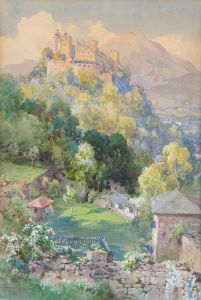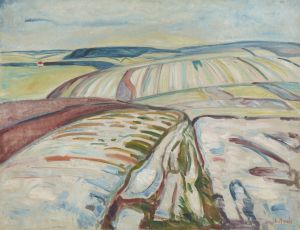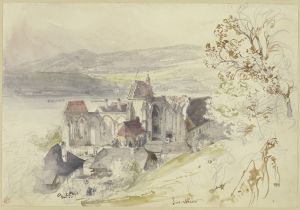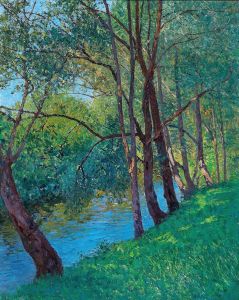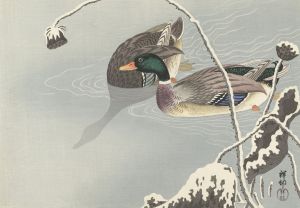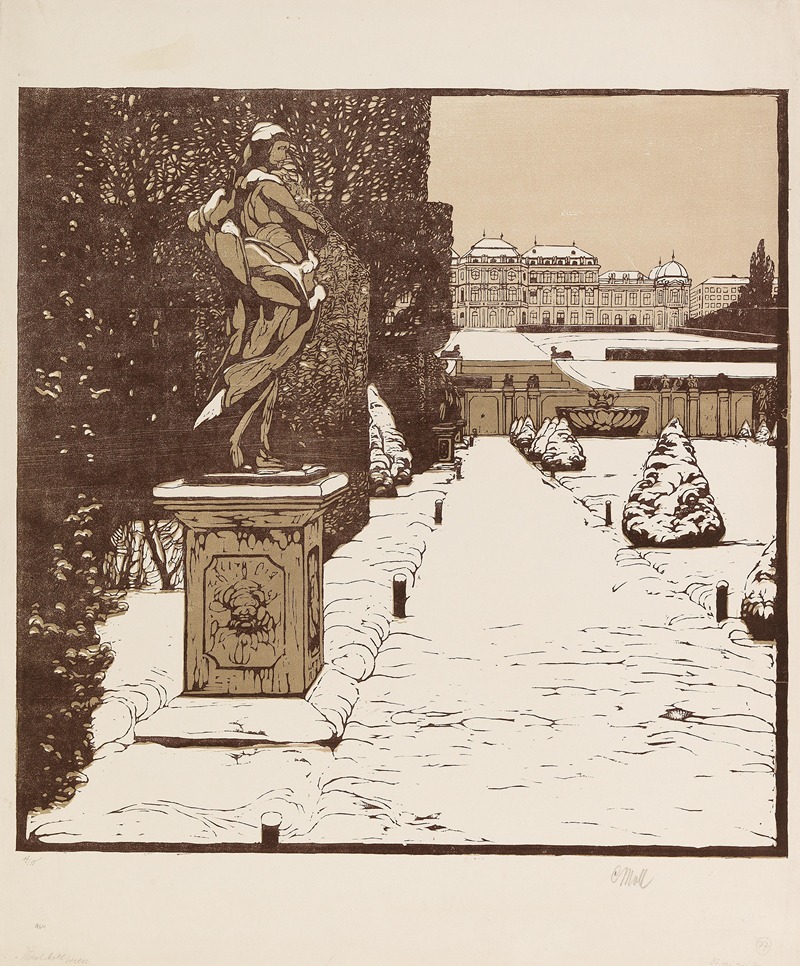
Belvederegarten im Winter
A hand-painted replica of Carl Moll’s masterpiece Belvederegarten im Winter, meticulously crafted by professional artists to capture the true essence of the original. Each piece is created with museum-quality canvas and rare mineral pigments, carefully painted by experienced artists with delicate brushstrokes and rich, layered colors to perfectly recreate the texture of the original artwork. Unlike machine-printed reproductions, this hand-painted version brings the painting to life, infused with the artist’s emotions and skill in every stroke. Whether for personal collection or home decoration, it instantly elevates the artistic atmosphere of any space.
Carl Moll's painting "Belvederegarten im Winter" is a notable work by the Austrian painter, who was an influential figure in the Vienna Secession movement. Born in 1861, Moll was a student of Christian Griepenkerl and later became a co-founder of the Vienna Secession in 1897, alongside other prominent artists such as Gustav Klimt and Koloman Moser. The Vienna Secession was an art movement that sought to break away from the traditional academic art of the time, promoting a more modern and diverse approach to art.
"Belvederegarten im Winter" captures the serene and tranquil beauty of the Belvedere Gardens in Vienna during the winter season. The Belvedere is a historic complex of palaces and gardens, originally built as a summer residence for Prince Eugene of Savoy in the early 18th century. It is renowned for its Baroque architecture and beautifully landscaped gardens, which have been a source of inspiration for many artists over the years.
In this painting, Moll employs a delicate palette to convey the subdued tones of a winter landscape. The scene is characterized by its soft, muted colors, which evoke a sense of calm and quietude. The snow-covered grounds and bare trees are depicted with a gentle touch, highlighting Moll's skill in capturing the subtle nuances of light and shadow. The painting reflects Moll's interest in the interplay between nature and architecture, a theme that recurs in many of his works.
Moll's style is often associated with the Impressionist movement, although he developed a distinct approach that combined elements of Impressionism with the decorative qualities of the Vienna Secession. His work is marked by a keen attention to detail and a focus on the atmospheric effects of light, which are evident in "Belvederegarten im Winter."
Throughout his career, Carl Moll was deeply involved in the cultural life of Vienna. In addition to his work as a painter, he played a significant role in promoting modern art in Austria. He was instrumental in organizing exhibitions and was a key figure in the establishment of the Secession's exhibition space, the Secession Building, which remains an important venue for contemporary art in Vienna today.
Moll's contributions to the art world extend beyond his own paintings. He was a mentor to younger artists and was actively engaged in the artistic community, fostering a spirit of innovation and collaboration. His legacy is reflected in the continued appreciation of his work and the ongoing influence of the Vienna Secession movement.
"Belvederegarten im Winter" is a testament to Moll's artistic vision and his ability to capture the essence of a moment in time. The painting remains an important part of his oeuvre and is appreciated for its aesthetic beauty and historical significance. Through works like this, Carl Moll has left an enduring mark on the art world, contributing to the rich cultural heritage of Vienna and the broader context of modern art.





